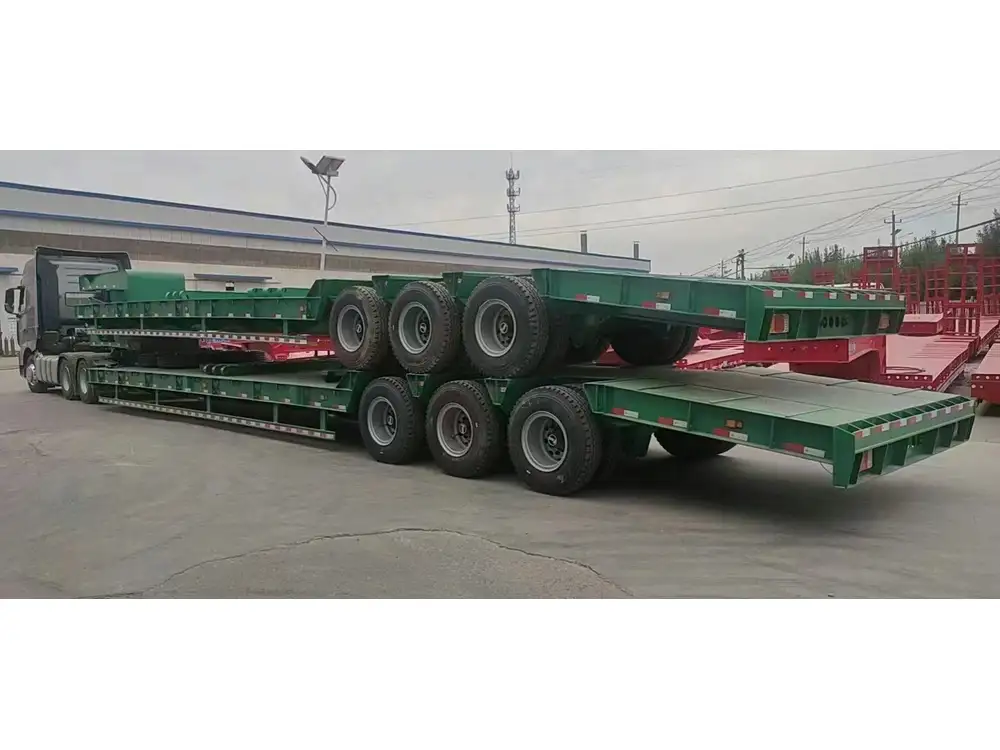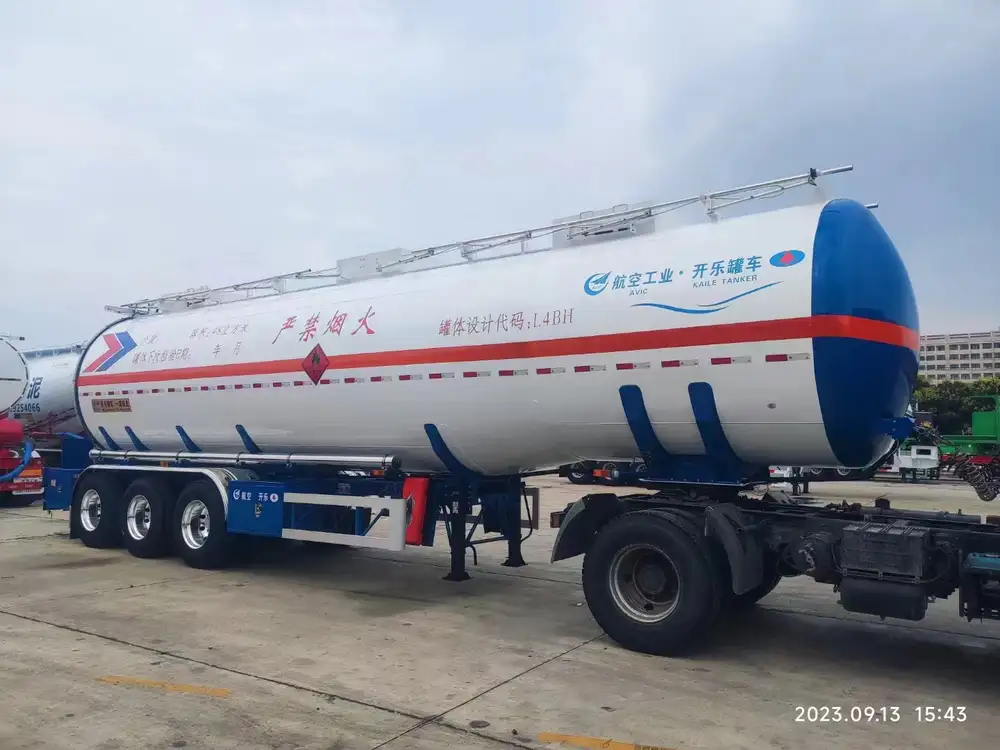Cleaning the water tank in your camper trailer is essential for ensuring safe drinking water and maintaining overall hygiene during your travels. Neglecting this crucial task can lead to unsanitary conditions, foul odors, and potential health risks. In this guide, we will delve into the exhaustive process of cleaning your camper trailer water tank, addressing every possible aspect to give you confidence and clarity.
Understanding Your Water Tank System
Before embarking on the cleaning process, it’s vital to comprehend the water system in your camper. Most trailers come equipped with either a fresh water tank, a greywater tank, or both:
| Type of Tank | Function |
|---|---|
| Fresh Water Tank | Stores clean water for drinking, cooking, and washing. |
| Grey Water Tank | Collects wastewater from sinks, showers, and other outlets. |
Understanding these components will guide your cleaning approach.
Why Clean Your Water Tank?
The importance of regular cleaning cannot be overstated:

Health Risks
- Bacterial Growth: Stagnant water can foster bacteria such as E. coli or Salmonella.
- Algal Blooms: These can develop in warm, dark conditions and lead to unpleasant tastes or odors.
Maintaining Quality
- Taste and Odor: Residual compounds can impart undesirable flavors to your drinking water.
- Longevity of Equipment: Regular cleaning can prevent build-up that may damage your plumbing system.
When to Clean Your Water Tank
Establishing a regular cleaning schedule is vital for preventing issues. Recommendations include:
- Seasonal Cleaning: Clean at the beginning and end of the camping season.
- Post-Contamination: If your water has an unusual taste or odor.

Tools and Materials Needed
Before starting, gather the following equipment:
| Item | Purpose |
|---|---|
| Hose | For filling and rinsing the tank. |
| Clean Water | Tap water or distilled water for rinsing. |
| Bleach or Vinegar | For disinfecting purposes. |
| Soft Brush | For scrubbing the interior surfaces. |
| Bucket | To mix cleaning solutions. |
| Measuring cup | To ensure accurate bleach dilution. |
Safety Gear
- Gloves: Protect your hands from harsh chemicals.
- Masks: Prevent inhalation of cleaning fumes.
Step-by-Step Cleaning Process

Step 1: Drain the Water Tank
Before you can effectively clean your water tank, it must be drained:
- Locate your drain valve: This is typically found at the lowest point of your water tank.
- Open the valve: Allow all the water to run out completely.
- Inspect for residue: After draining, check for sediments, which can indicate a need for more thorough cleaning.
Step 2: Prepare a Cleaning Solution
A proper cleaning solution is crucial for effective disinfection:
Bleach Method:
- Mix 1/4 cup of unscented bleach with 1 gallon of water.
- This ratio is effective for disinfecting without leaving behind harmful residues.
Vinegar Method:
- Combine 1 part vinegar with 4 parts water.
- Vinegar is a natural cleaner and deodorizer.
Step 3: Clean the Interior
Introduce the Cleaning Solution:
- Pour your prepared solution into the water tank using a funnel for accuracy.
Agitate the Solution:
- Close the tank valve and slosh the tank to ensure the solution coats all surfaces internally.
Soak:
- Allow the solution to sit for at least 1-2 hours (or longer for stubborn stains).

Step 4: Scrub the Interior
- Remove Access Panels: If applicable, gain access to hard-to-reach areas.
- Utilize a Soft Brush: Gently scrub the surface to remove deposits.
- Pay Attention to Corners: Often, contaminants accumulate in corners or around fittings.
Step 5: Rinse Thoroughly
Flush with Clean Water:
- Attach a hose to your water source and fill the tank.
- Drain the tank again, repeating the process until the rinse water runs clear.
Final Inspection: Check for any remaining debris or residues. If necessary, repeat the cleaning and rinsing steps.
Step 6: Refill the Water Tank
After ensuring that the tank is clean and free from any cleaning solution, it is time to refill:
- Use Fresh Water: Fill the tank with clean drinking water.
- Maintain Caution: Ensure that the water source is potable.

Step 7: Sanitize the System
To mitigate any potential bacterial growth post-cleaning:
- Chlorination Method: If using bleach to sanitize the tank, a ratio of 1/8 cup per 15 gallons is recommended.
- Water Hose Connection: Connect your hose to a clean water source and let it run through the system to reach all plumbing components.
Step 8: Allow to Sit
Let the sanitized water sit in the system for at least 12 hours before using it to ensure effectiveness.
Step 9: Final Flush
Flush the system again with clean water to eliminate any lingering bleach flavor or residue.

Troubleshooting Common Problems
Cleaning can sometimes expose underlying issues. Here are some problems you might encounter and their solutions:
| Problem | Possible Cause | Solution |
|---|---|---|
| Bad Odor | Stagnant water | Clean the tank and check for leaks. |
| Cloudy Water | Sediment build-up | Increase cleaning frequency and check for leaks. |
| Algae Growth | Insufficient cleaning | Enhance your cleaning regimen and ensure proper ventilation. |
Maintenance Tips for Your Water Tank
To prevent the need for extensive cleaning, consider implementing these maintenance tips:
- Regular Flushing: Every few weeks, flush the tank to avoid stagnation.
- Use Water Filters: Filters can reduce contaminants entering your tank.
- Ventilation: Ensure the tank area can breathe; avoid placing it in damp, dark spaces.
Conclusion
Keeping your camper trailer’s water tank clean is not just about hygiene; it’s about ensuring the health and safety of yourself and your fellow travelers. By following this comprehensive guide, you can maintain a clean and safe water system in your camper.
Pro Tip: Create a cleaning schedule that aligns with your travel season, ensuring that your water tank remains in optimal condition throughout its use.



